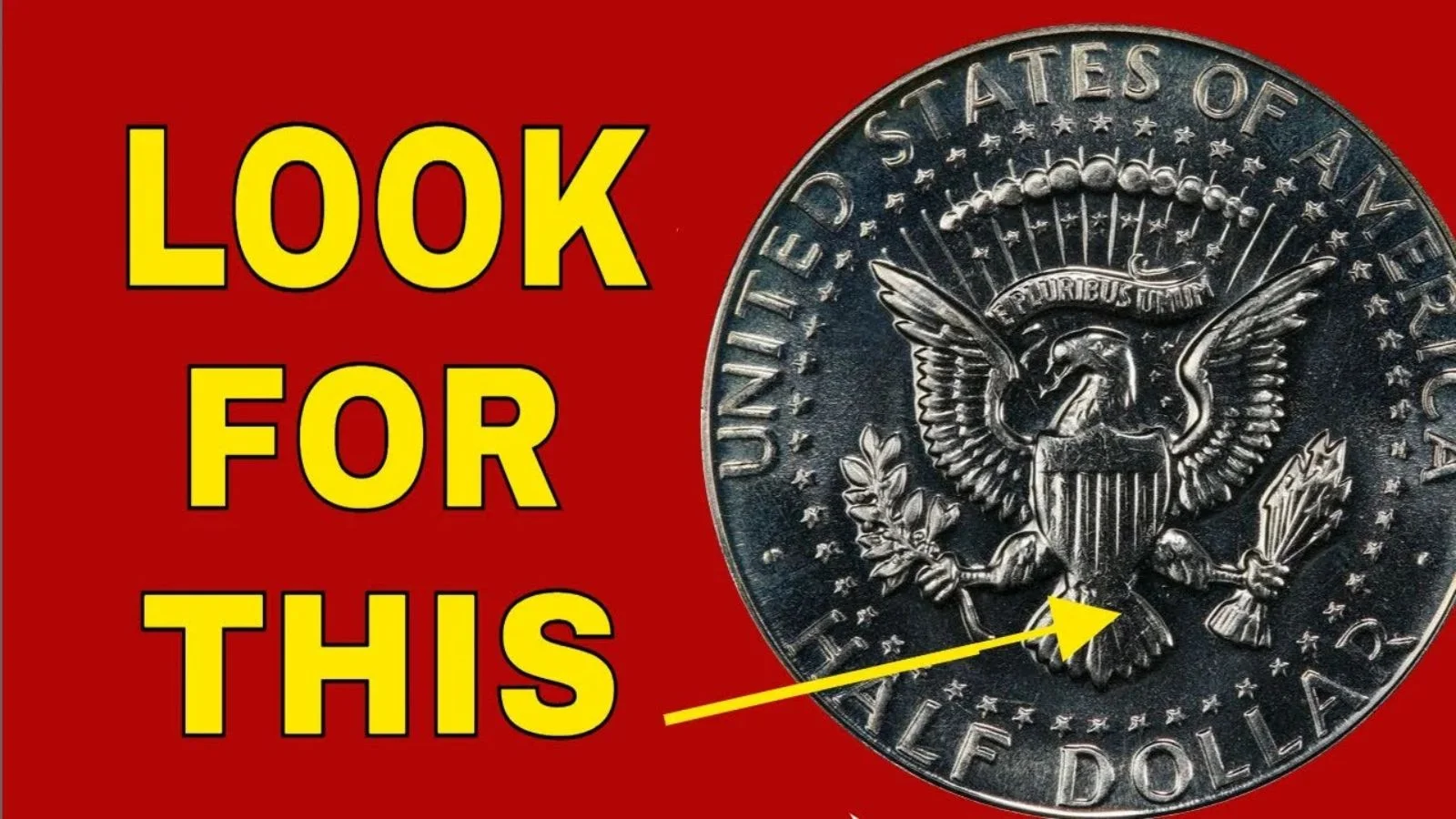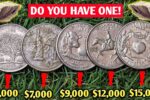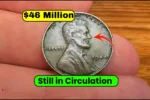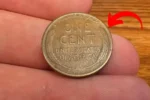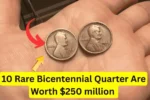The Rare Bicentennial Quarter Valued at $1 Million, Still in Circulation
Sometimes, the most valuable things are hiding in plain sight. That’s exactly the case with a rare version of the Bicentennial Quarter, a coin that millions of Americans have seen or even used without realizing its hidden value. While most of these coins are only worth 25 cents, one extremely rare version has been valued at an eye-opening $1 million.
The biggest surprise? This rare coin could still be in circulation today. That means it might be sitting in a coin jar, passed as change at a gas station, or even resting in your own pocket right now.
In this article, we’ll explain what the Bicentennial Quarter is, what makes this rare version so valuable, and how you can spot one for yourself.
What Is the Bicentennial Quarter?
The Bicentennial Quarter was created in 1976 to celebrate the 200th anniversary of the United States’ independence. It replaced the usual quarter design for just one year. On the front, it still features George Washington, but the back shows a Colonial drummer boy with a torch surrounded by 13 stars, symbolizing the original colonies.
What also makes this coin unique is the dual date – 1776–1976 – instead of just a single year. The U.S. Mint made a lot of these coins, so they’re still fairly common. But not all Bicentennial Quarters are the same. A few rare ones were minted under special conditions, making them incredibly valuable.
Why Is This Bicentennial Quarter Worth $1 Million?
So why is one Bicentennial Quarter worth $1 million, while the others are worth only a quarter? The answer lies in a rare combination of mistakes, materials, and condition.
Here are the reasons that make this particular coin so valuable:
-
Rare Minting Error
The $1 million Bicentennial Quarter is believed to have been struck with a mint error, such as being printed on the wrong metal planchet or with a misaligned die. These kinds of mistakes are rare and highly prized by collectors. -
Special Metal Composition
Most Bicentennial Quarters are made of copper and nickel, but some were struck in 40% silver for collector sets. A few silver ones may have been accidentally released into circulation, and even more valuable are those that were mistakenly struck on other metals. -
Perfect Condition (MS-70)
This particular coin is in Mint State 70 (MS-70), which is the highest possible grade a coin can receive. This means it’s in perfect, uncirculated condition – no scratches, marks, or signs of wear. -
Unique History
Because it celebrates the country’s 200th birthday, the coin already has historical importance. Combine that with a rare minting error and perfect condition, and the value soars. -
Collector Demand
Coin collectors are always searching for one-of-a-kind pieces. When there’s only one known example like this one, the price can reach incredible heights – even $1 million.
Overview Table
| Feature | Details |
|---|---|
| Coin Name | Bicentennial Quarter |
| Year Minted | 1976 (dual date: 1776–1976) |
| Design (Reverse) | Colonial drummer with 13 stars |
| Common Metal | Copper-Nickel |
| Rare Metal Version | 40% Silver or unique error metal |
| Notable Feature | Rare mint error + MS-70 condition |
| Estimated Value | $1,000,000 |
| Circulation Status | Possibly still in public use |
| Historical Importance | 200th Anniversary of U.S. Independence |
| Collector Demand | Extremely high |
How to Check If You Have a Valuable Bicentennial Quarter
Most Bicentennial Quarters are common, but you never know when a rare one might pop up. Here’s what to look for:
-
Check the Date
It should say 1776–1976 under Washington’s portrait. -
Inspect the Back
Look for the Colonial drummer boy design with the ring of stars. -
Look for Unusual Features
If something about the coin looks different—color, weight, or detail—it might be a mint error. -
Weigh the Coin
Silver quarters are heavier than regular ones. A standard quarter weighs about 5.67 grams, while silver ones are about 6.25 grams. -
Check the Condition
A coin in perfect, uncirculated condition could be much more valuable than one that’s been worn down.
If you suspect your coin might be rare, take it to a professional coin dealer or have it graded by a service like PCGS or NGC.
Can This Coin Really Still Be in Circulation?
Yes, it’s possible. Although rare coins are often found in collections or kept by dealers, history shows that valuable coins sometimes slip through the cracks.
Here’s why it might still be out there:
-
People Don’t Recognize It
Many people don’t know the value of old or rare coins and spend them without thinking twice. -
Mixed Coin Jars
Families often have old coin jars with a mix of regular and rare coins, especially if they’ve been collecting for decades. -
Bank Rolls and Change Machines
Rare coins have been found in coin rolls from banks and even in change machines. They’re rare—but not impossible to find.
What Should You Do If You Find One?
If you think you’ve come across a special Bicentennial Quarter, follow these steps:
-
Do Not Clean It
Cleaning a coin can damage it and reduce its value. -
Handle with Care
Hold it by the edges and avoid touching the surfaces. -
Store It Safely
Place it in a coin holder or soft pouch to avoid damage. -
Get It Appraised
Visit a reputable coin shop or send it to a professional grading service for confirmation. -
Consider Auction or Private Sale
If your coin turns out to be rare, you can sell it through a trusted coin auction house or directly to a collector.
Final Thoughts
The idea that a simple quarter could be worth $1 million might sound like a fantasy, but for one extremely rare Bicentennial Quarter, it’s a reality. With its combination of historical value, minting error, rare materials, and perfect condition, this coin has become a true legend in the world of numismatics.
Whether you’re a casual collector, a curious shopper, or someone who’s never given coins much thought—take a moment to check your change. The next time you get a Bicentennial Quarter, it could be more than just 25 cents. It might be your lucky million-dollar find.
Frequently Asked Questions (FAQs)
1. Are all Bicentennial Quarters valuable?
No, most are still worth only 25 cents. Only rare versions with errors or made of silver in perfect condition are highly valuable.
2. How can I tell if my Bicentennial Quarter is silver?
Weigh it. Silver quarters weigh around 6.25 grams, while regular ones weigh about 5.67 grams. Silver also has a brighter shine.
3. What is a mint error?
A mint error is a mistake made during the coin’s production. These can include wrong metal, double stamping, or off-center images.
4. Can I find rare coins at the bank or in change?
Yes, though it’s rare. People have found valuable coins in bank rolls, change jars, and even vending machines.
5. Where should I go to have my coin checked?
Visit a reputable coin shop or send it to a professional grading service like PCGS or NGC.
